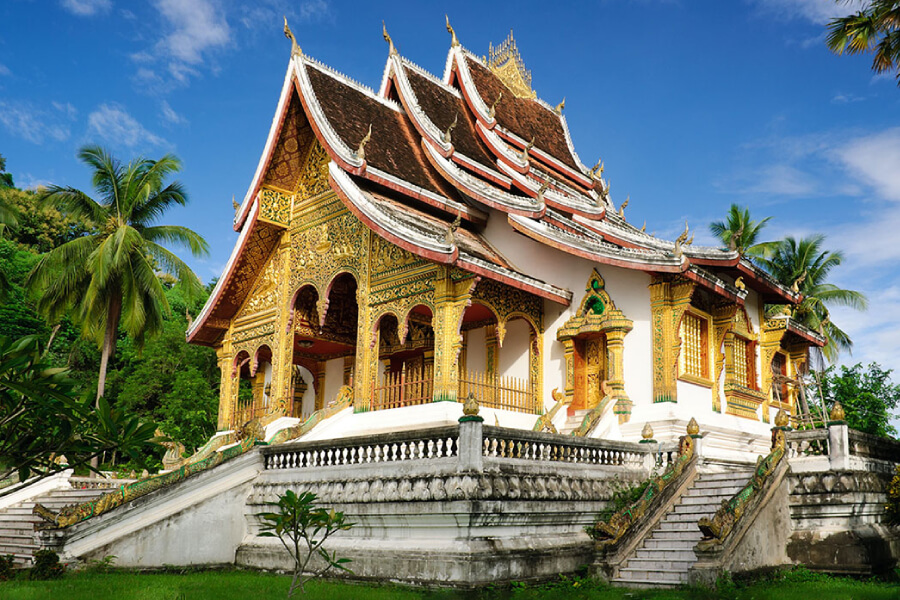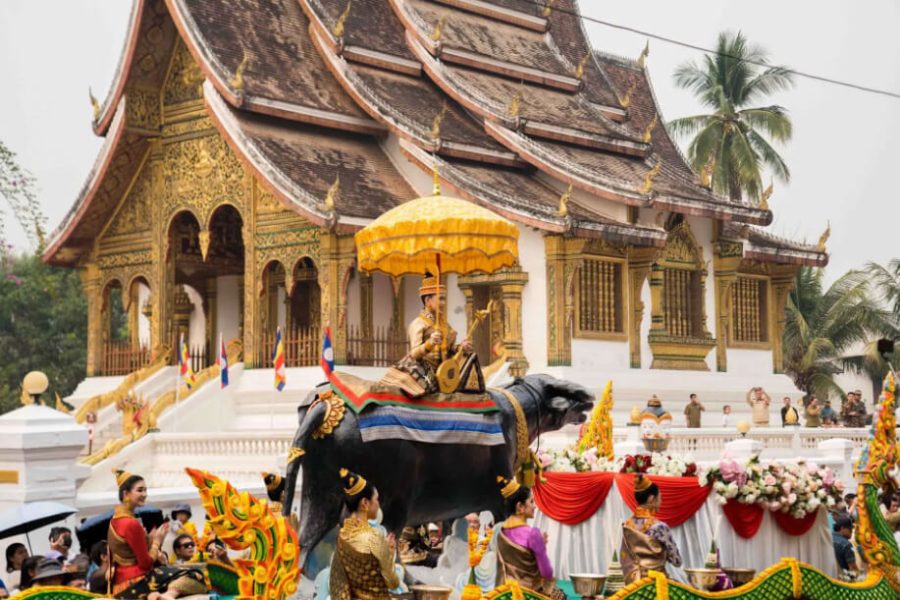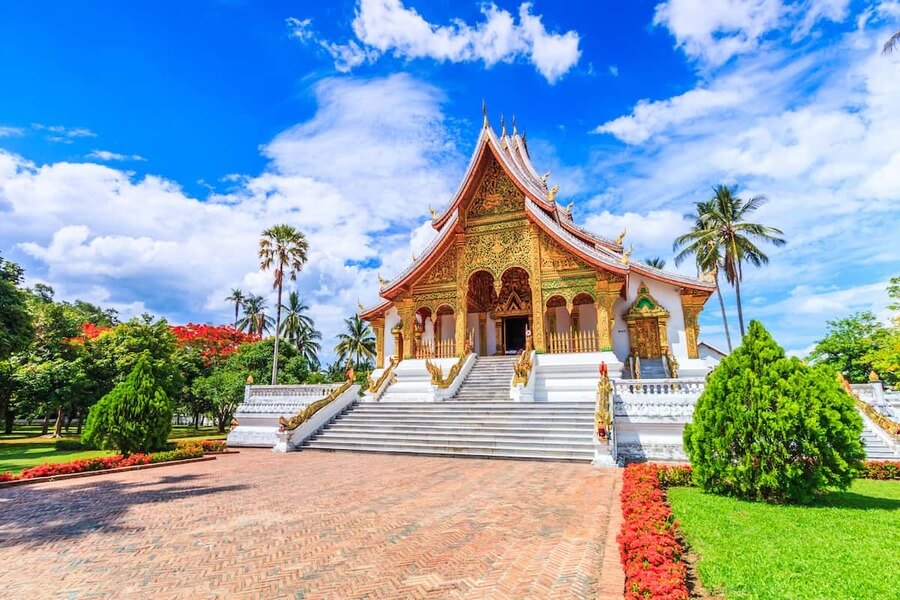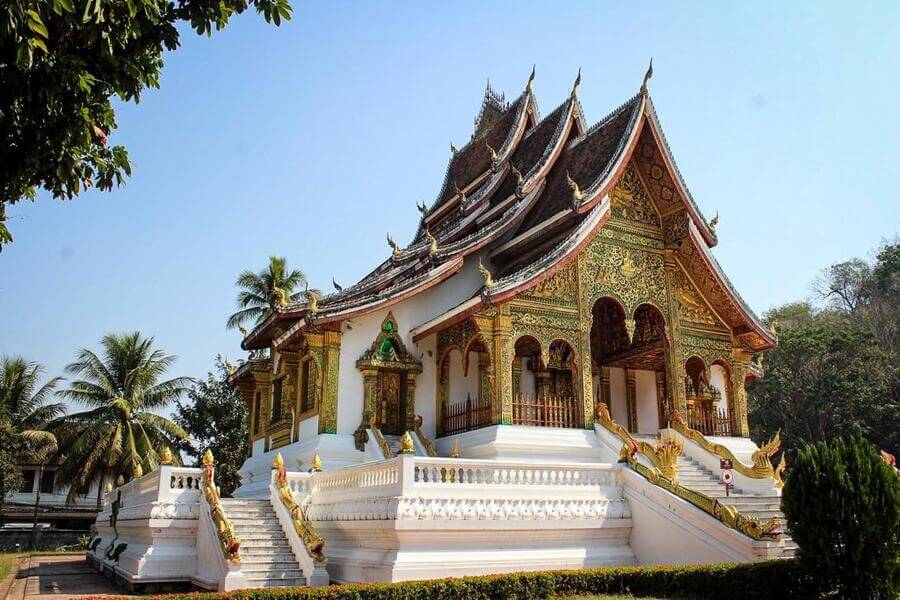Nestled in the heart of the charming city of Luang Prabang, the Royal Palace, also known as Haw Kham, stands as a testament to Laos' regal history and cultural heritage. This iconic landmark, with its exquisite architecture and captivating stories, invites visitors on Laos tours to step back in time and explore the legacy of Lao royalty. The Royal Palace is a place where the grandeur of the past harmonizes with the elegance of the present, offering an unforgettable journey into the heart of Laos' rich traditions and history.
Royal Palace: A Regal Legacy
The Royal Palace was commissioned during the reign of King Sisavang Vong, a pivotal figure in Laotian history. It was constructed in the early 20th century, specifically between 1904 and 1909, with the purpose of serving as the royal residence of the Laotian monarchy. The palace's design is a masterpiece that melds traditional Laotian architecture with European influences.
Throughout its early years, the Royal Palace was the official residence of Laotian royalty. It served as a hub for royal ceremonies, state affairs, and the reception of foreign dignitaries. The palace grounds were witness to numerous historical events and ceremonies that defined Laotian royalty.
During the French colonial rule of Laos in the early 20th century, the palace took on a different role. It was repurposed as the residence of the French Governor, underscoring the shifts in political power dynamics during this period. This historical transition left an indelible mark on the palace's history.
In 1953, Laos successfully regained its independence, marking the end of French colonial rule. With this newfound sovereignty, the Royal Palace reverted to its original purpose as the residence of the Laotian monarch, King Sisavang Vatthana. It was a poignant moment in history, symbolizing the nation's triumphant return to self-governance.
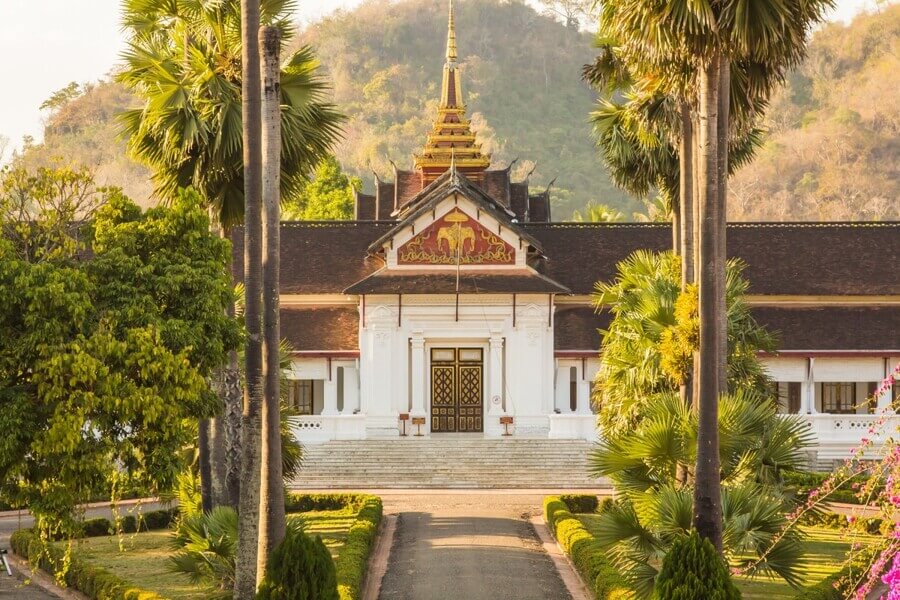
Today, the Royal Palace has transitioned into the Royal Palace Museum, emphasizing its vital role in preserving Laos' rich historical and cultural heritage. The museum houses an extensive collection of royal artifacts, religious treasures, and the regalia of the Laotian monarchy. It allows visitors to immerse themselves in the historical and cultural tapestry of the nation.
The Royal Palace's historical and architectural significance was instrumental in securing Luang Prabang's status as a UNESCO World Heritage site. It stands as a testament to the town's deep-rooted traditions and cultural heritage, welcoming visitors from around the world to explore its history and architectural splendor.
The Intricate Architecture of the Royal Palace in Laos
A Palatial Residence: Built in 1904 during the French colonial era as a residence for King Sisavang Vong, the Royal Palace exudes an air of extravagance. Its architecture combines a blend of traditional Lao motifs and French Beaux-Arts styles. The result is a stunning edifice that graces the lush grounds of the Haw Phra Kaew temple, which adds a touch of spiritual serenity to the palace's opulent aura.
Regal Interiors: The interior of the Royal Palace further enchants visitors with its lavish décor. Each room within the palace unveils intricate details, from the exquisite mosaic-tiled floors to the gilded motifs that adorn the walls. One of the most iconic rooms is the Pha Bang Chapel, dedicated to the Phra Bang Buddha image. Its walls are adorned with murals that depict episodes from the Lao Ramayana, a revered national epic.
The Crown Jewels: Royalty is synonymous with wealth and adornment, and the Royal Palace in Laos showcases this in its collection of the royal regalia. The palace houses the Phra Bang, an esteemed Buddha image that is considered the palladium of Laos. This golden statue is embellished with an array of precious gemstones, underscoring the opulence that once surrounded the Lao monarchy.
Captivating Artifacts: Visitors can explore a curated selection of artifacts that provide insights into the lives of the Lao royal family. The royal bedrooms, dining areas, and receiving rooms are replete with antique furnishings, demonstrating the sophisticated lifestyle enjoyed by the royalty.
A Living Museum: Today, the Royal Palace operates as a museum, inviting travelers from around the world to delve into the captivating world of Laos' royalty. Strolling through the opulent corridors and rooms, one can almost imagine the royal family's daily life, filled with grand ceremonies, luxurious banquets, and courtly rituals.
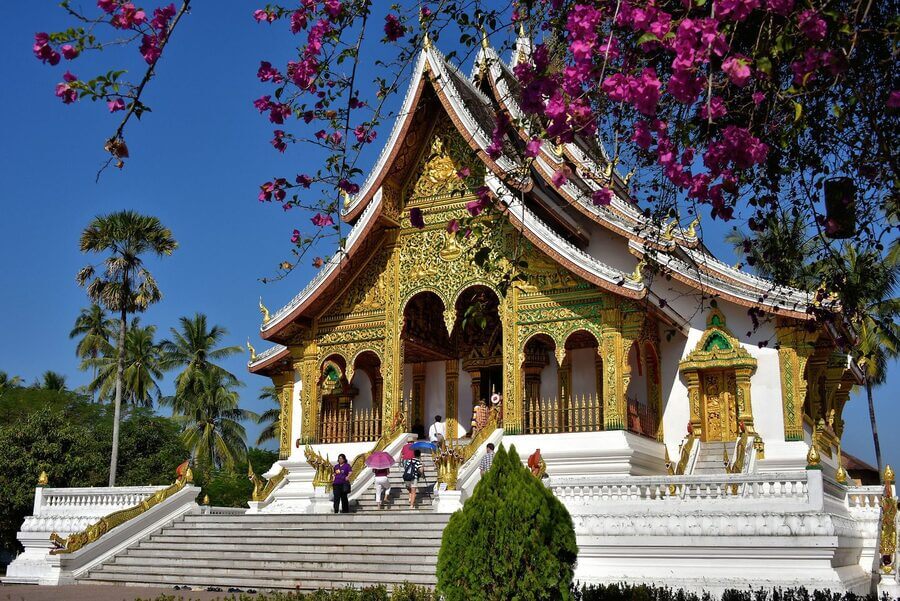
Events and Festivals at the Royal Palace
Lao New Year Celebrations: Every April, the Royal Palace comes alive with the vibrant festivities of the Lao New Year, known as "Pi Mai." The palace serves as a backdrop for traditional dances, music performances, and a grand procession. Locals and tourists flock to witness the royal traditions and join in the revelry.
Boun Ok Phansa: This Buddhist festival marks the end of the three-month Buddhist Lent, and the palace is a focal point for these celebrations. Monks receive alms, and candlelight processions illuminate the palace grounds at night.
Royal Ceremonies: The Royal Palace is the stage for various official ceremonies and state functions. Visitors may have the opportunity to witness the grandeur of these events, complete with traditional attire and customs.
Luang Prabang Film Festival: Held annually in December, this film festival showcases regional and international cinema. The palace provides a unique setting for outdoor screenings, creating a magical ambiance.
Luang Prabang Half Marathon: Runners from around the world gather at the Royal Palace for the annual Luang Prabang Half Marathon. The race route winds through the city's picturesque streets and offers runners a chance to admire the palace's beauty.
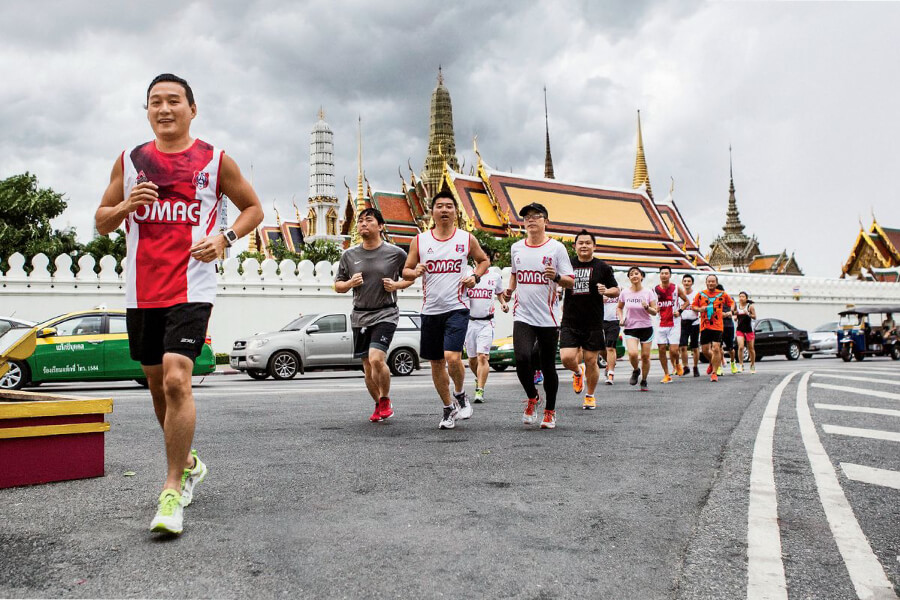
Baci Ceremonies: The Royal Palace is a favored location for traditional Baci ceremonies. These ceremonies, rooted in animist and Buddhist beliefs, are performed to bring blessings, unity, and goodwill. They often occur during family gatherings and significant life events.
Visakha Bucha Day: This Buddhist holiday commemorating the birth, enlightenment, and death of the Buddha is celebrated at the Royal Palace. Thousands of devotees gather to pay respects and join the candlelit procession.
Royal Cultural Nights: Occasionally, the palace hosts cultural nights featuring classical Lao music, dance, and theater. These events provide a unique opportunity to experience the nation's artistic heritage.
Coronation Anniversary: On August 5th, Laos observes the anniversary of King Sisavang Vatthana's coronation. The palace becomes a hub of remembrance with ceremonies and exhibitions.
Lao National Day: On December 2nd, the country observes National Day. The Royal Palace takes part in this celebration with flag-raising ceremonies and a sense of patriotic pride.
Visiting the Royal Palace during these events and festivals provides a deeper understanding of Laotian traditions and a chance to witness the palace in all its resplendent glory. The events here are a testament to how history, culture, and the present harmoniously coexist in this magnificent setting.
Royal Palace of Laos: Ticket Prices and Opening Hours
Ticket Prices
The ticket price is 30,000 Kip, which is approximately equivalent to US$3.50. This fee is reasonable, considering the treasure trove of history and beauty that awaits you inside.
Opening Hours
The Royal Palace is typically open every day of the week, except for Tuesdays when it's closed for maintenance. The standard opening hours are from 8:00 AM to 11:30 AM in the morning and then from 1:30 PM to 4:00 PM in the afternoon.
Exploring the Royal Palace
Once you've crossed the threshold, you'll find yourself surrounded by the regal beauty and historical significance of the palace. The main attractions within the palace include the Phra Bang Buddha, the royal throne hall, and a remarkable collection of royal artifacts. Be sure to stroll through the manicured gardens, which add to the serene ambiance.
More Tips for Visiting the Royal Palace in Luang Prabang
- When visiting, it's respectful to dress modestly and cover your shoulders and knees as a sign of respect for the royal heritage.
- Photography is allowed outside the palace building, but not inside the exhibition halls.
- Engaging tour guides are often available to provide valuable insights into the palace's history and the treasures it houses.
Remember, the Royal Palace is not just a window into the past; it's a living testament to the grandeur and cultural wealth of Laos. Exploring its halls and gardens is a journey through time, and it's well worth the entrance fee and adhering to the opening hours to uncover its remarkable stories."

